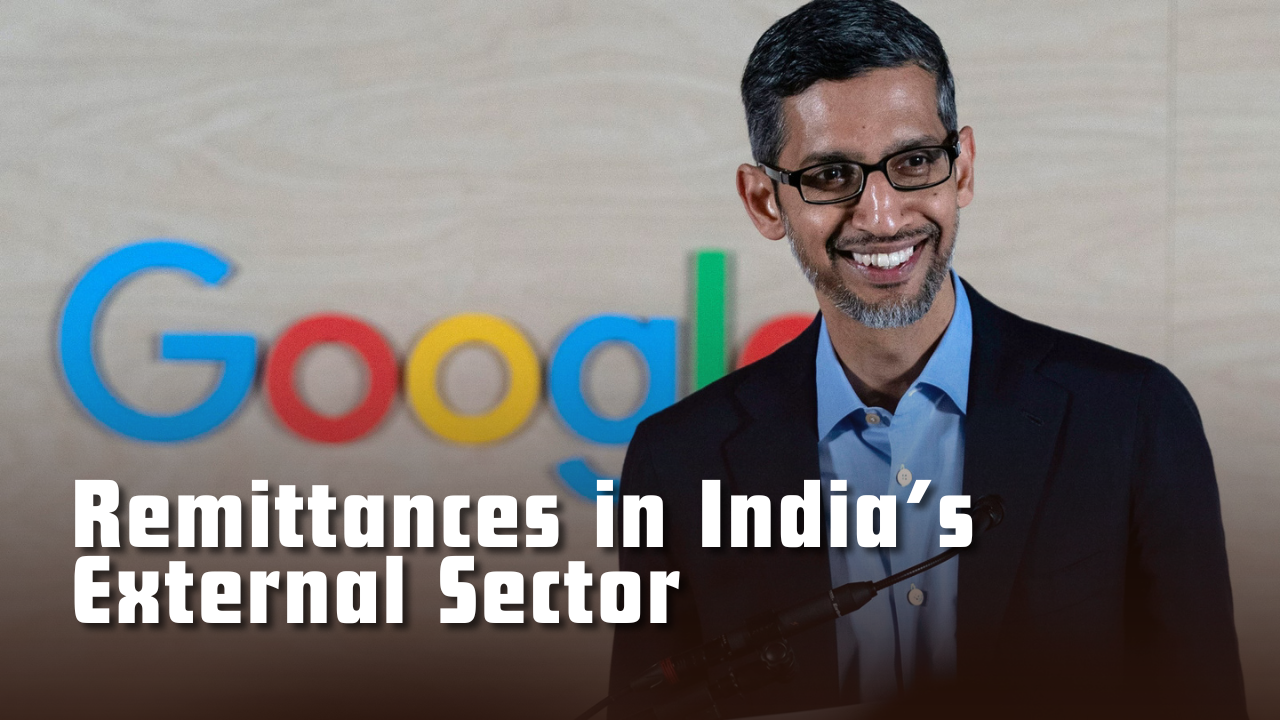Font size:
Print
International Labour Organisation (ILO) Working Paper on Universal Social Protection
Context:
According to ILO, an estimated $1.4 trillion annually is required to achieve universal social protection in low- and middle-income countries (LMICs).
More on News:
- Today, over 4 billion people remain excluded from social protection.
- Over half of the GDP is needed to fund social protection in LMICs, with essential health care topping the list of funding requirements (60.1%) .
- The ILO report estimates the global, regional, and national financing gaps needed to achieve universal social protection
Universal social protection (USP):
- It refers to a nationally defined system of policies and programs ensuring fair access for all, shielding individuals from poverty and livelihood risks across their lifespans.
- It includes universal access to five key social protection guarantees for children, disabled individuals, new mothers, the elderly, the unemployed, and essential health care.
- It plays a crucial role in reducing vulnerabilities and mitigating climate shocks.
- The ILO’s Social Protection Floors Recommendation No. 202 (2012) guides the design of social protection schemes.
Challenges and Barriers to USP:
- ILO mentions that the gaps in the USP coverage, comprehensiveness, and adequacy are widespread and persistent.
- Barriers include high levels of informality, institutional fragmentation, and significant financing gaps.
- Limited fiscal space exacerbates these issues.
- The COVID-19 pandemic has increased the urgent demand for social protection.
- The pandemic has also reduced national resources for social protection by decreasing tax and contributory revenue.
- The financing gap analysis for the global average of low- and middle-income countries stands at 3.3% of GDP per year.
- It includes essential health care accounting for 2% and social protection cash benefits for 1.3% of GDP.
Regional Challenges:
- Africa: Faces the largest financing gap at 17.6% of annual GDP.
- Arab States: The gap is 11.4% of annual GDP.
- Latin America and the Caribbean: The gap is 2.7% of annual GDP.
- Asia and the Pacific: The gap is 2% of annual GDP.
- Europe and Central Asia: The gap is 1.9% of annual GDP.
-
Sudan: Faces largest financing gap among LMICs due to conflicts, disease, economic and political issues, and climate crises.
India’s Pursuit of USP:
- India has primarily focused on social assistance through promotional measures.
- Protective or contingent social security measures are predominantly available to organised workers, who make up only 8% of the total workforce.
- Consequently, 92% of workers have very limited coverage under these contingent social security schemes.
- According to the latest estimates presented by ILO, India needs US$135.3 billion to achieve universal social protection.
- It mentions that India has a financing gap of 3.3% of GDP and 11.8% of government expenditure.
Measures taken by India towards USP
- Code on Social Security 2020: Aims for progressive realisation of social security coverage.
- Mahatma Gandhi National Rural Employment Guarantee Act (MGNREGA), Ayushman Bharat – Pradhan Mantri Jan Arogya Yojana (AB–PMJAY), Pardhan Mantri Matru Vandana Yojana(PMMVY), National Social Assistance Programme (NSAP), Skill Development via ‘Learning while Earning’ Model.
- Integrated Child Development Services (ICDS) offers a range of benefits including food, preschool education, healthcare, and cash transfers to families with children under 6 years old and their mothers.
- Initiatives like Sarva Shiksha Abhiyan, POSHAN Abhiyaan, Pradhan Mantari Awas Yojana, Atal Pension Yojna are being implemented.
Strategies to address financing gaps
- To realise the right to social security for all by 2030, more investment in social protection is indispensable.
- LMICs need to increase government spending by 10.6% of total annual spending to achieve universal coverage.
- Utilise domestic resources such as taxation and social security contributions.
- Enhance sovereign debt management to facilitate increased spending.
- Preventing illicit financial flows including money laundering, tax evasion, and financial corruption.
- Implement taxation reform, including broadening the tax base, tackling tax evasion, progressive taxation and carbon taxes.
- Recognise the role of USP in reducing vulnerabilities and mitigating climate shocks.
- International climate financing can bolster and adapt social protection systems in LMICs.



